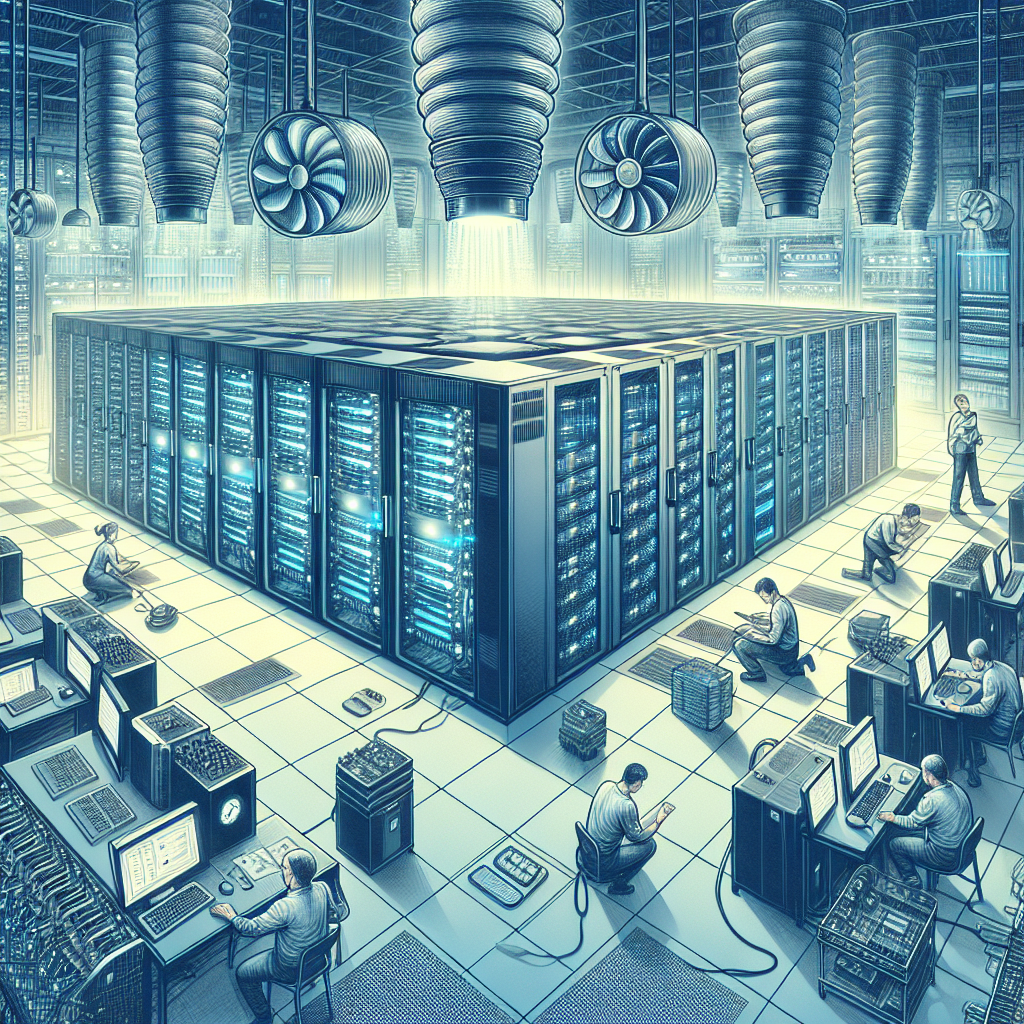Your cart is currently empty!
Data Center Troubleshooting: Identifying and Fixing Cooling System Problems

Data centers are the backbone of modern technology, housing servers, networking equipment, and storage systems that power our digital world. With the increasing demand for data storage and processing, data centers are becoming more complex and critical than ever. One of the most important components of a data center is its cooling system, which is essential for maintaining optimal temperatures and preventing equipment failures.
Cooling system problems can cause significant downtime and costly repairs if not addressed promptly. Identifying and fixing cooling system problems is crucial for ensuring the smooth operation of a data center. In this article, we will discuss some common cooling system issues in data centers and how to troubleshoot and fix them.
1. High temperatures: One of the most common cooling system problems in data centers is high temperatures. High temperatures can lead to equipment overheating, which can cause hardware failures and data loss. To identify high temperatures in a data center, you can use temperature monitoring tools to track the temperature of the server racks and cooling units. If you notice that the temperatures are consistently above the recommended levels, you may need to increase the cooling capacity of the data center by adding more cooling units or adjusting the airflow.
2. Inadequate airflow: Another common cooling system problem in data centers is inadequate airflow. Inadequate airflow can lead to hot spots in the data center, where temperatures are significantly higher than in other areas. To identify inadequate airflow, you can use thermal imaging cameras to detect hot spots and airflow meters to measure the airflow in different parts of the data center. To fix inadequate airflow, you may need to rearrange the server racks, clean the air filters, or install additional cooling units to improve airflow.
3. Leaks in the cooling system: Leaks in the cooling system can cause coolant loss and reduce the efficiency of the cooling system. To identify leaks in the cooling system, you can inspect the cooling units for signs of leaks, such as puddles of coolant or corrosion on the pipes. If you detect a leak, you should shut down the affected cooling unit and repair the leak immediately to prevent further damage to the system.
4. Malfunctioning cooling units: Malfunctioning cooling units can cause uneven cooling in the data center, leading to temperature fluctuations and equipment failures. To identify malfunctioning cooling units, you can monitor the performance of the cooling units using monitoring software and inspect the units for signs of damage or wear. If you notice that a cooling unit is not functioning properly, you should troubleshoot the unit to identify the cause of the problem and repair or replace the unit as needed.
In conclusion, identifying and fixing cooling system problems in a data center is essential for ensuring the smooth operation of the facility. By monitoring temperatures, airflow, and cooling units, data center administrators can proactively address cooling system issues and prevent costly downtime. Implementing a proactive maintenance plan and regularly inspecting the cooling system can help prevent cooling system problems and ensure the reliability of the data center.

Leave a Reply